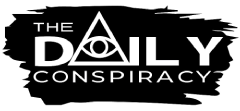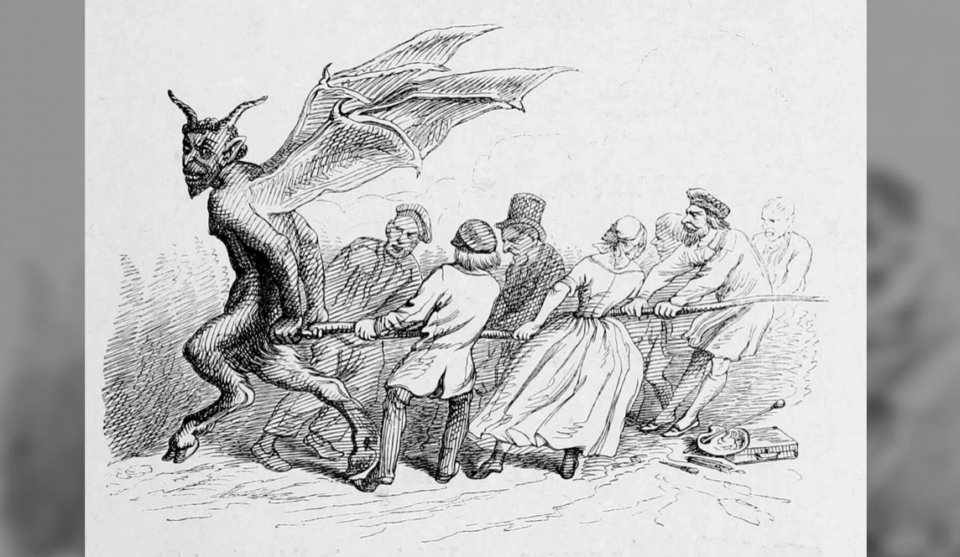The iconic portrayal of Satan with horns on its head, cloven hooves of a goat, and other infernal features has long captured human imagination. Yet, the origins and timing of this depiction remain subjects of historical debate, showcasing the intriguing evolution of cultural symbolism.
While the Bible itself does not describe Satan’s physical appearance, early depictions varied widely. In the 6th century mosaic at the Basilica of Sant’Apollinare Nuovo in Ravenna, Italy, the devil is depicted as a blue angel. Subsequently, he takes on forms like “the beast” or a dragon in different artistic representations, gradually becoming associated with demonic imagery.
Greek mythology’s influence cannot be overlooked, particularly the figure of Pan, the god of the wild, often depicted with the hind-legs, hooves, and horns of a goat. Pan’s transformation from a revered deity to a demon in early Christian writings played a role in linking goat-like attributes to Satan. Additionally, Jewish legend connects the demon Azazel to the concept of scapegoating, where a goat symbolically bears the sins of the people, an idea that might have contributed to the goat-like imagery of Satan.
Historians debate the extent of Pan’s influence on the depiction of Satan. Some propose that Pan’s identification with the devil gained prominence in the 19th century during a Neo-Pagan revival in Europe. This movement, characterized by a romantic view of nature and a revival of ancient Greek beliefs, could have spurred the modern association of Pan with the devil.
The story of Satan’s visual evolution encompasses a rich tapestry of religious, cultural, and artistic influences, showcasing how complex historical factors shape our enduring images of the supernatural.

